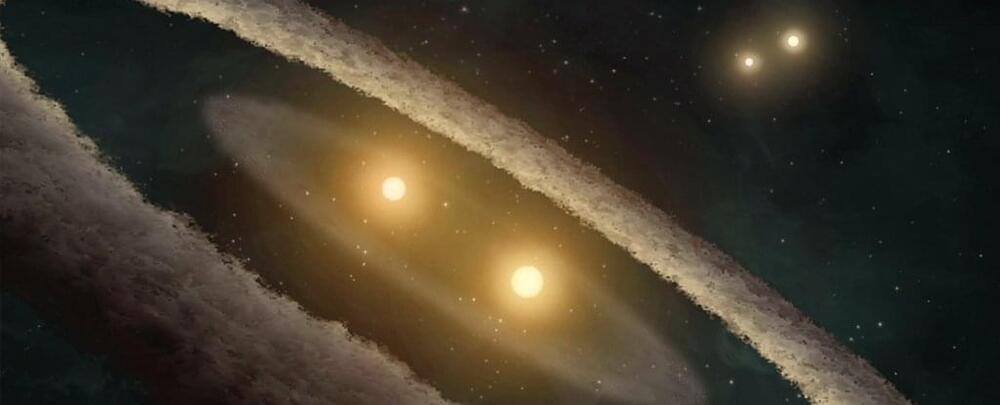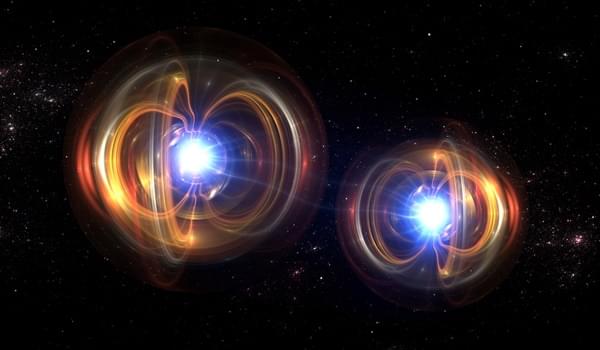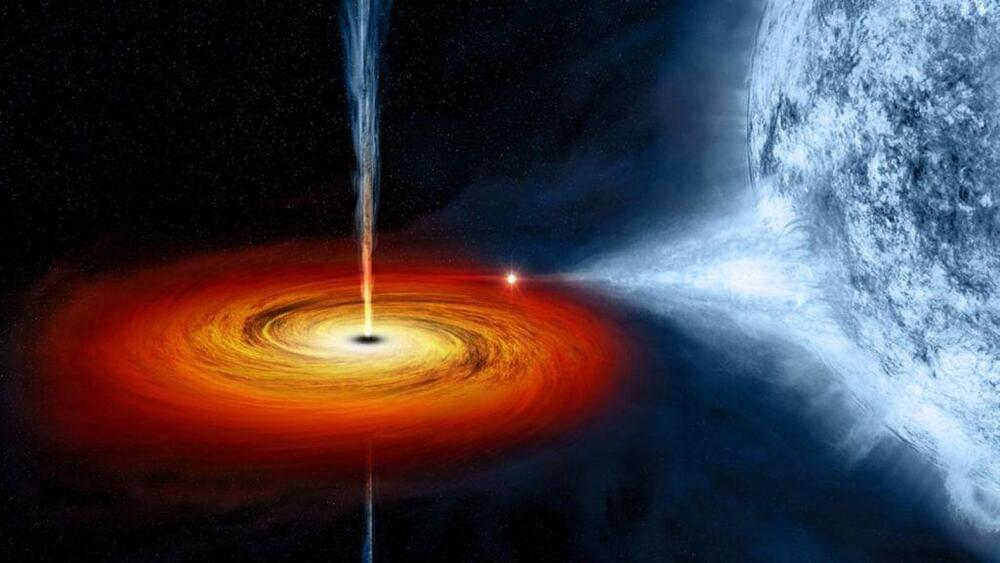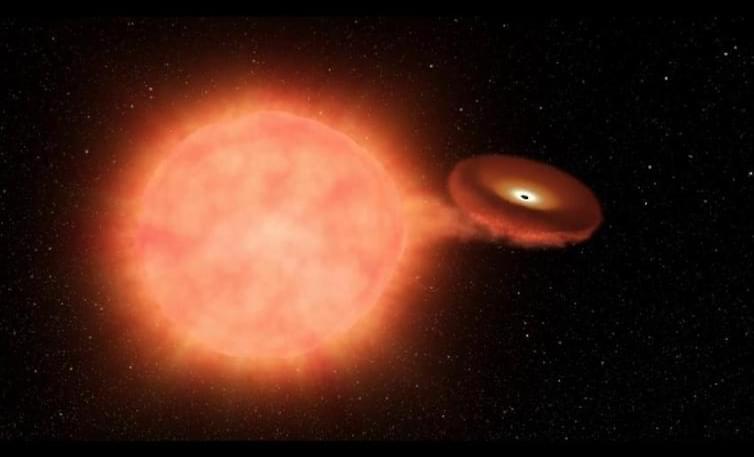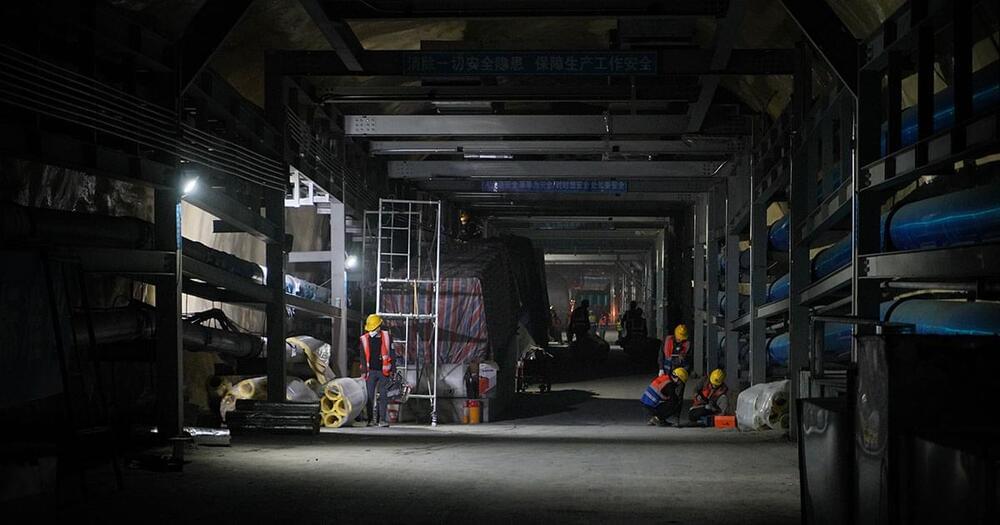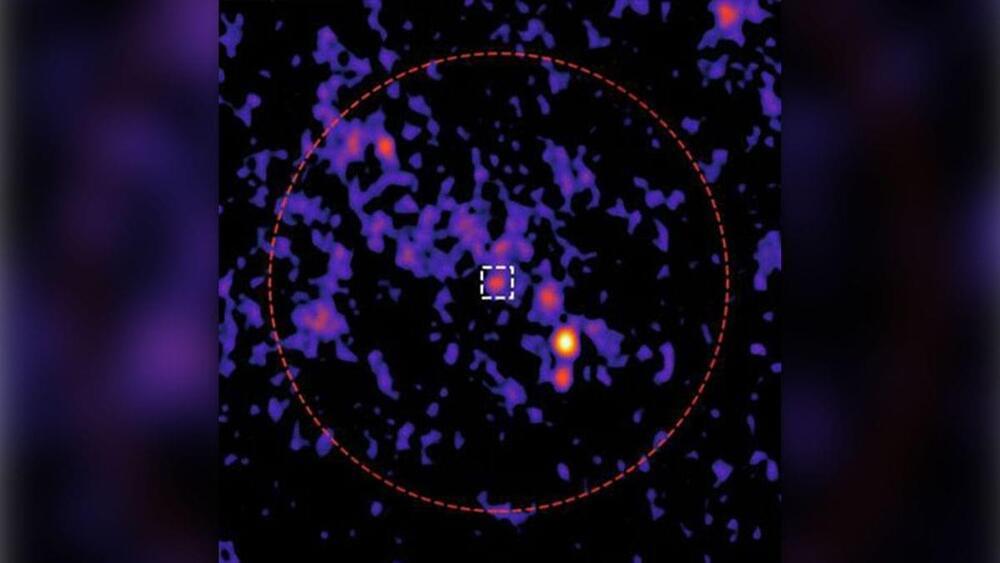A recent discovery of a Gamma-ray burst (GRB) named GRB 220627A has left astronomers puzzled. GRBs are the most powerful explosions in the universe since the Big Bang, and typically last only seconds to a few minutes. However, GRB 220627A lasted for more than a thousand seconds, or just shy of 17 minutes, and arrived in two powerful bursts from an unknown event 2 billion years into the universe’s existence.
While the source of the burst appears to be ordinary, its length and double-burst nature have left astronomers puzzled. The likeliest explanation is that the GRB is the product of gravitational lensing, which is the warping of distant light sources by extremely massive objects such as galaxies and black holes. This would stretch, distort, and create echoes of the GRB’s signal before it arrived at Earth.
When a massive star runs out of fuel, it collapses before exploding outward in a gigantic supernova, leaving behind an ultra-dense neutron star or a black hole. It is these stellar explosions —and occasionally even collisions between two neutron stars — that produce powerful bursts of gamma rays that can be picked up by space observatories such as NASA’s Fermi Gamma-ray Space Telescope, which detected the new GRB.

